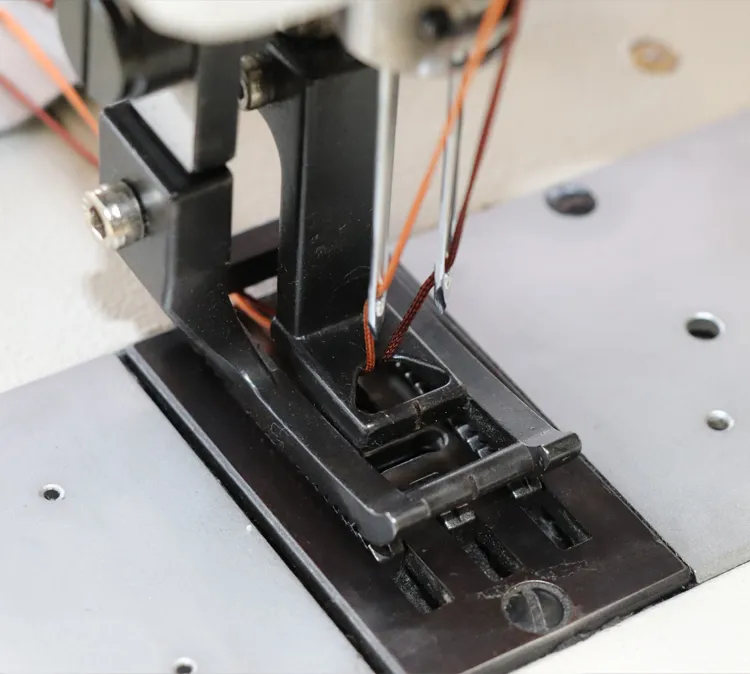strong stitch hand sewing
The Strength of the Stitch A Guide to Strong Hand Sewing Techniques
Hand sewing is an essential skill that transcends years of tradition and continues to be relevant in both crafting and fabric repair. Whether you're a seasoned seamstress or a novice just beginning your sewing journey, mastering strong stitches can significantly enhance the durability and appearance of your projects. In this article, we will explore some vital techniques and tips that will help you achieve strong, enduring hand-sewn stitches.
When it comes to hand sewing, the choice of thread and needle plays a crucial role in the strength of your stitches. For most projects, a good quality polyester or cotton blend thread is ideal as they provide both strength and flexibility. When selecting a needle, ensure it is appropriate for the fabric type you're working with. For heavier fabrics like denim, a thicker needle will penetrate more easily, while lighter fabrics may require a finer needle to avoid leaving oversized holes.
The Strength of the Stitch A Guide to Strong Hand Sewing Techniques
Another essential stitch is the whip stitch, particularly useful for hemming and securing two pieces of fabric together. The whip stitch can be executed by passing the needle through the folded edge of the fabric and then catching the underlying fabric on the next stitch. This method secures edges firmly while allowing some stretch, making it a perfect choice for garments.
strong stitch hand sewing

For those looking to secure buttons or similar closures, the buttonhole stitch is invaluable. To create a buttonhole stitch, pull the thread up through the fabric where you want the button to be placed. Wrap the thread around the base of the button, creating a secure anchor, and then make a series of small stitches around its circumference. This not only reinforces the button but also adds a decorative touch to your work.
While achieving strong stitches is essential, equally important is understanding fabric types and how they interact with stitches. For example, knits require different techniques compared to woven fabrics. Opt for stitches that allow for stretch in knitted fabrics, such as a zigzag stitch or a modified whip stitch to prevent seams from breaking when the fabric is stretched.
Lastly, proper tension management is key to sewing success. Too much tension can lead to puckering, while too little can cause the stitches to be loose. Finding that balance will ensure your hand-sewn projects not only look professional but also withstand the test of time.
In conclusion, the strength of your hand sewing greatly depends on the techniques and materials you choose. By mastering stitches like the backstitch, whip stitch, and buttonhole stitch, and understanding fabric behavior, you'll be well on your way to creating durable and beautiful sewing projects. Embrace the art of hand sewing, and you will find joy not only in the process but also in the lasting quality of your creations.
-
Industrial Cylinder Arm Sewing Machine: Revolutionizing Heavy-Duty SewingNewsJul.28,2025
-
Cylinder Arm Sewing Machine: Perfect for Special Sewing ApplicationsNewsJul.28,2025
-
Cylinder Bed Sewing Machine: Essential for Sewing Complex MaterialsNewsJul.28,2025
-
Heavy Duty Sewing Machine: The Essential Tool for Industrial ApplicationsNewsJul.28,2025
-
Computerized Pattern Sewing Machine: Revolutionizing Precision StitchingNewsJul.28,2025
-
Heavy Duty Industrial Sewing Machine: Power Meets PrecisionNewsJul.28,2025
-
Leather Sewing Machine: The Industrial Standard for Tough MaterialsNewsJul.18,2025





























